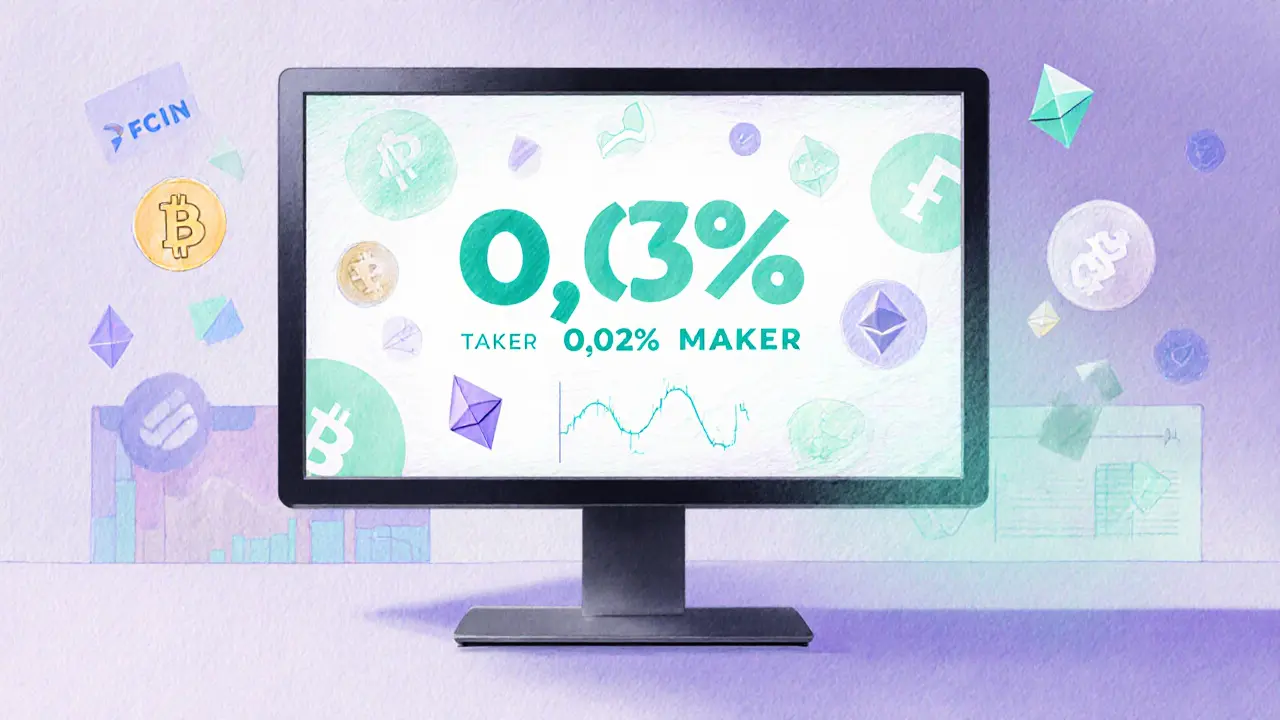Crypto Trading Platforms: Your Guide to Picking the Right Exchange
When working with crypto trading platforms, online services that let you buy, sell, and swap digital assets. Also known as crypto exchanges, they act as the gateway between fiat money, other cryptocurrencies, and decentralized finance tools. Understanding how these platforms work helps you avoid costly mistakes and stay ahead of market moves.
Types of Platforms and What Sets Them Apart
One major split is between centralized exchanges, companies that hold user funds and match orders on their own order books and decentralized exchanges, protocols that let users trade directly from their wallets without a middle‑man. Centralized services often offer faster execution and more trading pairs, while DEXs give users full control over private keys and usually lower custodial risk. Both options have their own fee structures, liquidity pools, and security considerations.
Another key player is exchange fees, the costs you pay per trade, withdrawal, or account activity. Fees can be flat, tier‑based, or dynamic based on network congestion. Low fees attract high‑volume traders, but they sometimes come at the expense of thinner order books. Meanwhile, liquidity, the amount of assets readily available for trade without slippage determines how easily you can enter or exit positions. High liquidity means tighter spreads and smoother price impact.
Security is the third pillar that shapes any platform choice. Centralized exchanges invest heavily in cold storage, insurance, and compliance, yet they remain prime targets for hacks. Decentralized platforms rely on smart‑contract audits and community governance, which can be vulnerable to code bugs. A solid platform also offers two‑factor authentication, withdrawal whitelists, and clear dispute processes.
Regulatory compliance is becoming a deciding factor, especially for users in jurisdictions with strict rules. Platforms that register with financial authorities often provide clearer KYC/AML procedures, which can protect you from frozen accounts but may limit anonymity. Conversely, unregulated services might offer more privacy but expose you to legal gray zones.
Putting these pieces together, you can see that crypto trading platforms encompass a range of services that require careful matching to your trading style, risk tolerance, and regulatory environment. Choosing a platform means balancing fees, liquidity, security, and compliance in a way that aligns with your goals.
Below you’ll find a curated set of articles that break down specific exchanges, compare fee models, explain how liquidity works, and give you actionable steps to evaluate any platform you’re eyeing. Dive in to get the details you need before you open an account or move funds.

A concise review of FCoin crypto exchange covering its ultra‑low fees, lack of fiat support, security concerns, user rating, and better alternatives for 2025 traders.
Jonathan Jennings Jun 11, 2025




